

The Commons is a nonprofit dedicated to delivering custom digital services to environmental organizations, all with the goals of encouraging insights to inspire environmental action and support restoration efforts.
With these goals in mind the team has built a data product called FieldDoc that helps connect localized restoration projects to foundation funding and reporting. John Dawes, Co-Founder and Executive Director at The Commons, has been working with some of the largest institutional investors in conservation as well as NGOs, state agencies, and the federal government to encourage better documentation and data management for a wide range of restoration practices focused on improving water quality across the Chesapeake Bay watershed.
Environmental restoration suffers from scattered, inconsistent data that forces organizations to spend more time managing spreadsheets than advancing their mission. FieldDoc solves this by unifying geospatial and performance data in one platform, automating calculations, and delivering clear insights that enable faster, smarter environmental action. Its integration with Felt makes geospatial data immediately interactive and decision-ready, eliminating costly delays in prioritizing impactful restoration work.
The Commons Team faced a significant bottleneck when creating interactive web maps for FieldDoc users to make sense of the environmental data metrics. FieldDoc helps partners track where environmental restoration is happening, what is being done, and what environmental impact it leaves. The geospatial components of the platform provided invaluable insight for all partners. Unfortunately, legacy tooling and traditional approaches using ArcGIS Online and other GIS systems were "click heavy and cumbersome," requiring weeks to months of development work to build custom functionality for the system-managed data. If The Commons had to rely on a traditional development cycle, the team would have had to invest weeks to months of time in learning technical SDK specs, creating designs, setting up development environments, and writing extensive code before they could even prototype basic interactive features. For smaller organizations with limited data management capacity, technical barriers made it nearly impossible to create the kind of dynamic, easy-to-understand data insights and visuals needed to effectively monitor results and engage stakeholders.
Using Felt's AI Extensions, John and his team were able to rapidly prototype and deploy sophisticated interactive mapping applications without extensive coding, all within one work day. They created a comprehensive “Restoration Project Summary Map” that dynamically generates metrics based on the map view for project partners. For example, watershed organizations and environmental nonprofits working through the Chesapeake Bay Program could summarize 30 discrete best management practices (BMP) metrics across 2,000 acres in one consolidated dashboard.
.png)
The AI-powered approach allowed them to feed loose prompts and data models directly to the system, which then generated fully functional filtering components and robust statistical summaries along with the powerful map visualization. The AI extension approach eliminated the need for traditional workflow of spec development, dev setup, and manual SDK implementation, replacing it with an iterative prompting process that could pick up the complex data model and present findings in a straight-forward way.
The AI Extensions delivered transformative time and cost savings, reducing development time from months to just half a day's work completed between meetings. “Felt AI let me skip the SDK docs and go straight to iterating on full blown apps in a few minutes," noted Dawes.
What previously would have required extensive infrastructure setup, SDK mastery, and custom development was accomplished through efficient iteration: "I can iterate really quickly showing clients exactly what the end result could look like.”
The solution fundamentally changed their client engagement model, as Dawes emphasized: "Felt AI has dramatically accelerated time to iterate and refine from a prototype to a finished product. We save finite development resources while going faster from idea to product." This dramatic acceleration eliminated costly design sessions and extensive funding requests, while democratizing map development for small watershed organizations to create sophisticated data visualization tools without dedicated development resources.
Faster timelines did not forgo quality. Today, Felt connects on-the-ground restoration efforts managed in FieldDoc to data displays that everyone can engage with, helping all of The Commons’s users build toward a more resilient environmental future.